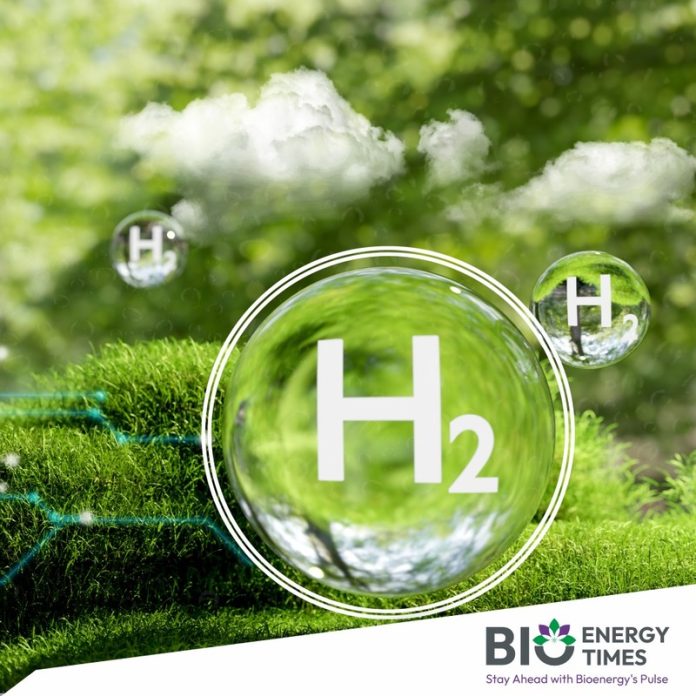OMV has marked another significant step toward achieving a climate-neutral energy future by laying the foundation for one of Europe’s largest green hydrogen electrolysis plants. The 140 MW facility in Bruck an der Leitha is set to begin operations by the end of 2027. Once completed, it will produce up to 23,000 tons of hydrogen annually using renewable energy sources such as wind, solar, and hydropower, significantly reducing the company’s carbon footprint.
This new plant will enable the local production of green hydrogen, enhancing the sustainability of both OMV’s production processes and the fuel and chemical products at its Schwechat refinery. OMV anticipates the facility will cut up to 150,000 tons of carbon emissions annually—about 10 percent of the refinery’s current direct emissions.
Alfred Stern, OMV’s Chairman and CEO, commented, “The construction of this state-of-the-art green hydrogen plant sends a clear message for the energy transition. We are establishing an integrated ecosystem centered on green hydrogen—backed by technological innovation, modern infrastructure, political support, and strong partnerships. Green hydrogen is a central part of our Strategy 2030, helping decarbonize our fuel production and driving OMV’s responsible transformation. This project reaffirms our long-term commitment to sustainable energy solutions and strengthens our position as a leader in green hydrogen development and supply.”
OMV is investing hundreds of millions of euros in the plant, including the construction of a 22-kilometer hydrogen pipeline that will connect the electrolysis facility in Bruck an der Leitha with the Schwechat refinery. Both the operating and building permits for the project have already been secured.
The European Hydrogen Bank has given the project a positive assessment for funding, with the funding agreement currently being finalized through cooperation with Austria Wirtschaftsservice GmbH (aws), the national processing office for the European Hydrogen Bank. A formal contract is expected to be signed by the end of 2025, with the plant’s operations slated to begin in late 2027, pending final approval of the funding.
This project solidifies OMV’s leadership in green hydrogen production within Europe’s refinery sector. The company currently operates a 10 MW electrolyzer in Austria and plans to expand with a 140 MW electrolysis plant in Bruck an der Leitha, which will be the largest of its kind in Austria, Southeastern Europe, and one of the top five in Europe.
OMV is collaborating with trusted partners to bring the project to life. Siemens Energy, with its expertise in electrolysis technology and plant construction, will lead the project’s technical planning and supply key components such as electrolysis stacks, transformers, rectifiers, and compressors. These components are crucial for the electrolysis process, which splits water into hydrogen and oxygen using renewable energy.
Juha Pankakoski, Extended Board Member at Siemens Energy, said, “As consortium leader, we are excited to work with OMV and STRABAG on building one of Europe’s largest electrolysis plants. Our technology enables the efficient and scalable production of green hydrogen, a vital energy source for the future. Projects like this are key drivers in the development of the hydrogen market.”
STRABAG will oversee all civil construction work, contributing its expertise in industrial infrastructure planning and building construction. The company will handle the groundwork and the construction of all necessary buildings at the site.
Stefan Kratochwill, CEO of STRABAG, added, “Green hydrogen will play a vital role in the future energy system. This electrolysis plant is a significant milestone on the path to more sustainable mobility. Alongside Siemens Energy, we are proud to help build one of the largest plants in Europe for OMV, demonstrating our expertise in high-tech building construction. Projects like these show that bold steps are necessary to shape the future of energy.”
















